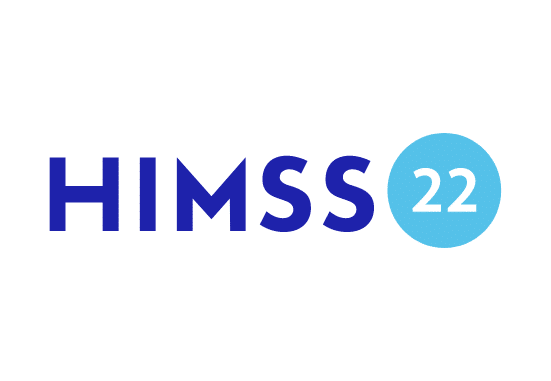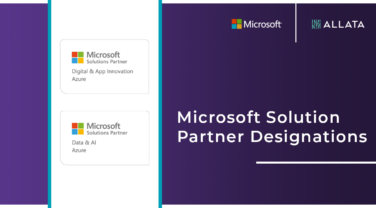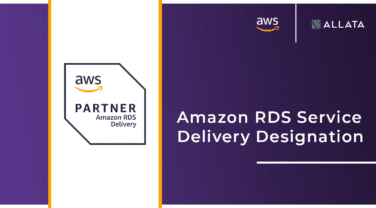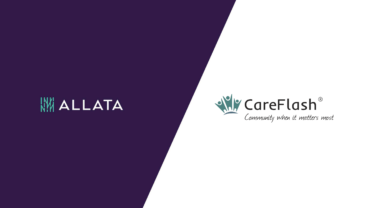Organized in 4 main areas: Solutions, Educations, Connection and Experiential zones, different organizations exposed their contribution into the healthtech ecosystem and issued different talks around Interoperability Standards, Success Cases, Education paths, Innovations. Naturally, the Networking spaces were the belles of the ball.
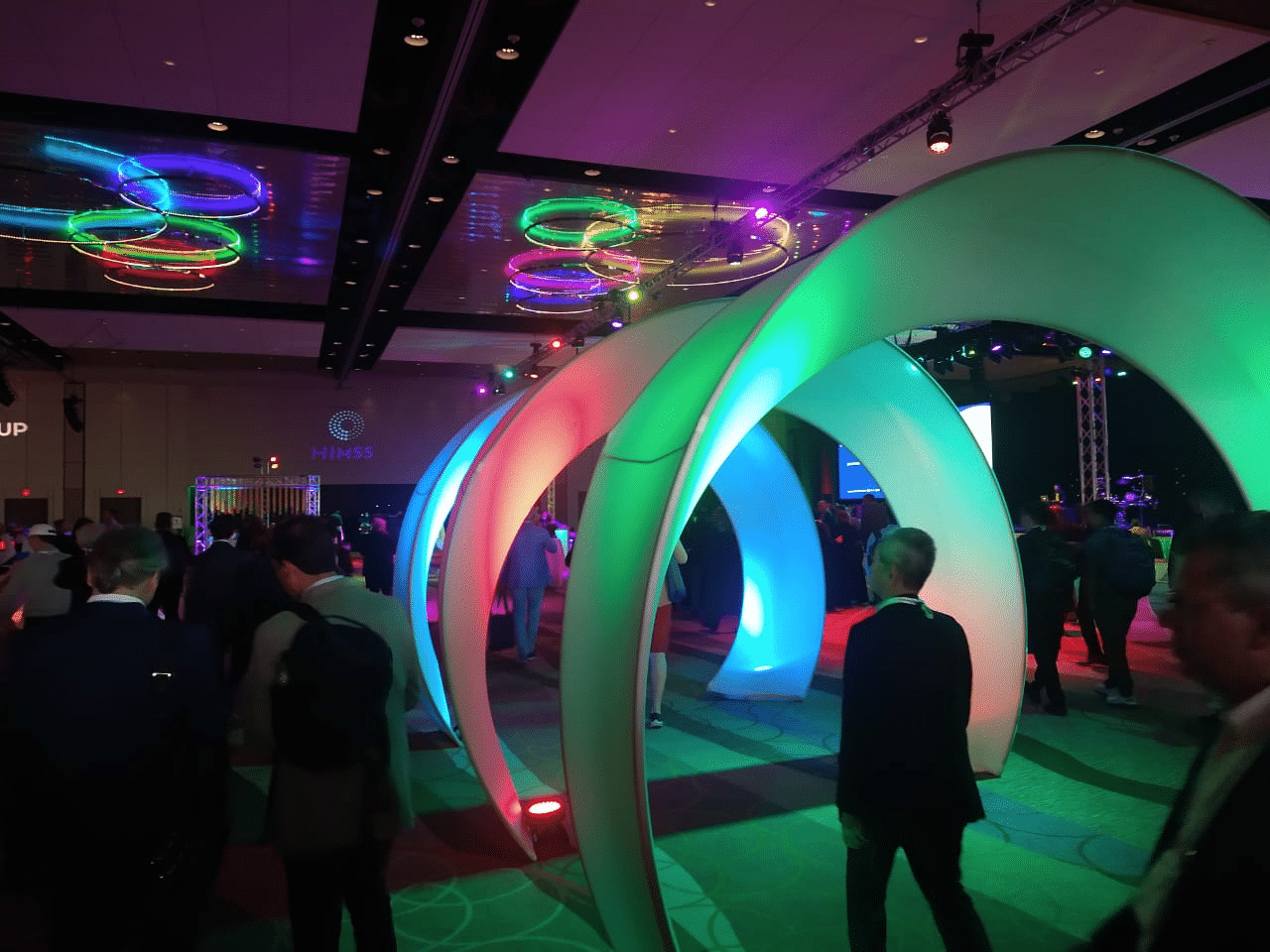
The Exhibition Hall
hundreds of booths spread across the entire hall, five halls to be precise. The most relevant companies in the health tech industry were present there. Just to mention a few of them: ChangeHealthcare, SmileCDR, ELLKAY, 1UpHealth, Epic, eClinicalWorks, AthenaHealth, Kyndryl, Amwell and naturally the big IT players such as AWS with HealthLake and FHIR Works, Microsoft with Azure for Healthcare, IBM Watson renewed for the Health industry, Vertica, Snowflake, Salesforce, Cloudera and others.
HIMSS & LATAM
The HIMSS events are also a great opportunity for the Latam collaborators. Not only as companies providing services to the US market but also for hospitals, payers, governments who are looking to be properly aligned to the Health Interoperability common roadmap. One of the main LATAM tracks was the LATAM Summit, moderated by Mariano Groiso, Advisor to HIMSS Latin America. There, interesting use cases were exposed by Victor Castillo, President at the Colombian Cardiovascular Foundation. We also had the opportunity to learn from success stories by Analia Baum, Director of Information Systems of the Ministry of Health of Buenos Aires Argentina.
It was also a great chance for expanding our network in the South America region.
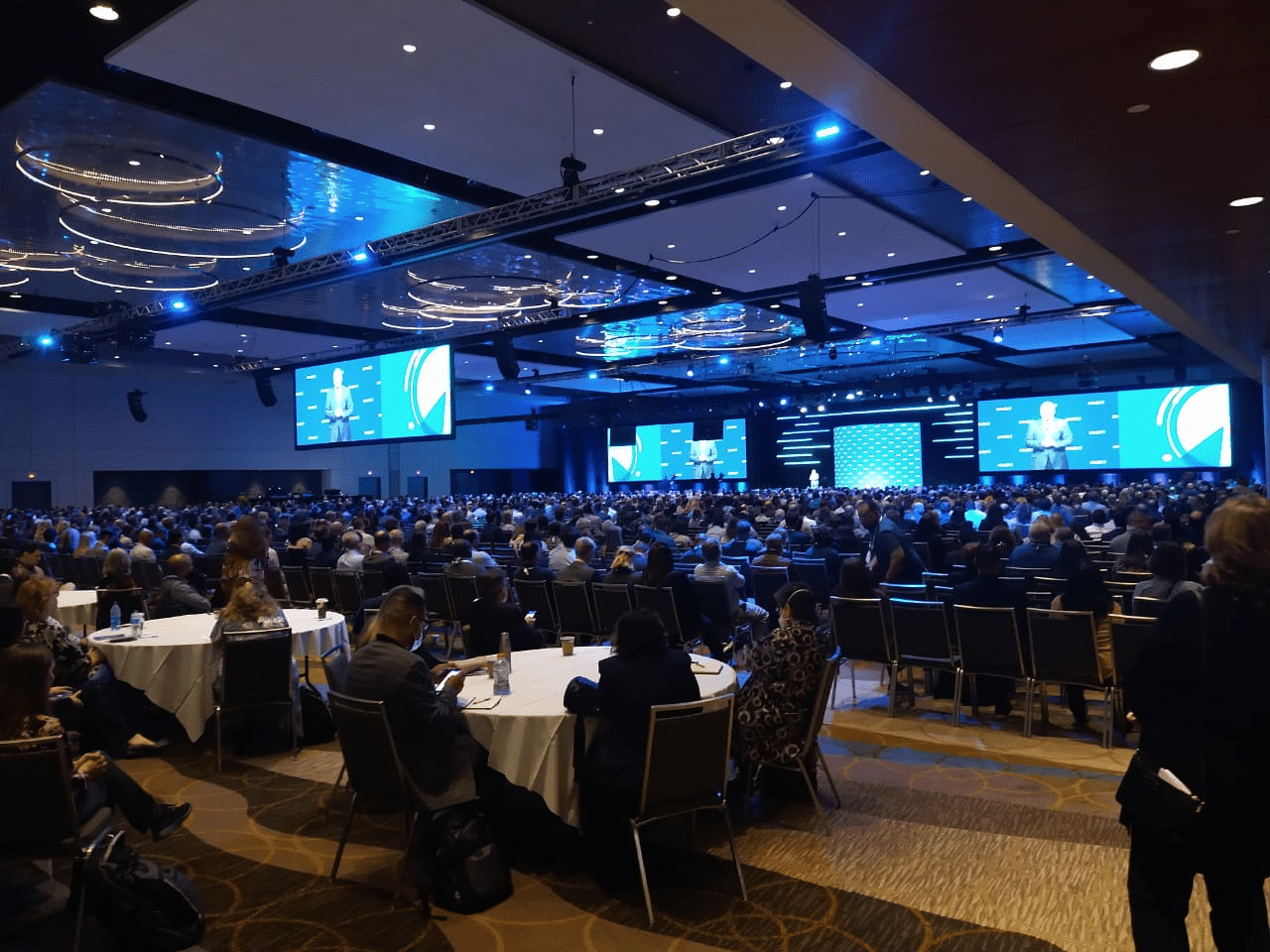
Panels
I would have loved to have the opportunity to attend each and every talk, but time is limited and you have to strategically select which talks or meetings to assist. Our voucher also included access to recorded sessions so we prioritized those with human interaction such as networking events and 1-to-1 meetings.
From the talking sessions we have attended I highlight these two:
The “Accelerating Care Delivery on Blockchain” breakfast
Issued by Ashok Chennuru, Deborah Lauricia, Gabriela Pelin, Heather Flannery and Robert Holzer at the HIMSS Interoperability Showcase. The panelists exposed interesting use cases around the use of blockchain technologies to empower the interoperability solutions and EHR storage. The whole talk had a spirit of innovation and inspiration for the upcoming web3 ecosystem, which the health tech industry cannot be agnostic.
Usually whenever we talk about web3 and blockchain, whoever is familiarized with these technologies, thinks on distributed, permissionless (open for anyone to participate) and traceable. As software developers in the DeFi and Crypto ecosystem, we question ourselves if nowadays the PPP trilogy (Payer, Providers and Patients) and other stakeholders (Health Information Networks, Federal Government Agencies, Public Health Agencies, etc) are already prepared for exposing and sharing their data into an open and public blockchain: as in many other industries, the answer treats about a combination of private and public blockchains. So, we need to be clear at the moment we share the message, blockchain does not necessarily imply “public blockchains”. Merging private and public blockchains and integrating on and off chain data sources through Bridges, is the only technology strategy which can help the health stakeholders to take the advantage of blockchains storages.
Another question we may have is, how can we support storing heavy MRI (magnetic resonance images) or CT Scans (Computerized Tomography) on an expensive datastore as a blockchain? and here is where the NFT comes to the rescue, where typically we store the metadata in a blockchain whereas the images files goes to, for example, the IPFS: the peer-to-peer hypermedia protocol for storing and sharing data in a distributed file system.
Payer to payer Exchange
Michael Gould, Business Lead at Blue Cross Blue Shield Association issued another enriching talk about the new challenge the Payers need to deal with: The patient and their plan info interchange.
To date, the payer-to-payer data exchange has been focused on the USCDI (US Core Data for Interoperability) option which allows Payer to autonomously interchange Patient Data, B2B scenario.
On the other side, the CMS will require plans to support the use of the Patient Access API to allow members to move their data from one plan to another (Payer), Da Vinci flavor Payer Data Exchange (PDex) as an example. In this scenario the Consent plays a critical role, in which the Patient is responsible and owner of his data and he/she needs to explicitly allow a Payer to share or not his data. Talking about Consent, there is a second layer of complexity: Consent works differently according to the State, rules are not equal in CA than in IL for example, each state has its own rules in terms of Consent. Here is where the recently released TEFCA, the “Trusted Exchange Framework and Common Agreement”, proposal comes into the scenario, by providing a federal policy guidelines on interoperability.
The Trusted Exchange Framework and Common Agreement (TEFCA) will outline a policy and technical approach to enable nationwide exchange of electronic health information across disparate health information networks (HINs). The development of the TEFCA is mandated by the 21st Century Cures Act. For a variety of stakeholders — including payers, patients, providers, developers, and HINs — the TEFCA is designed to provide a single on-ramp to nationwide connectivity that can support secure electronic health information exchange. Once finalized, the TEFCA will give patients, health care providers, payers, HINs, health IT developers, and other stakeholders access to data when and where it’s needed to better support patient care.
Excerpt from “The Trusted Exchange Framework and Common Agreement – Highlights for the Payer Community“
So, let’s see how TEFCA impacts our industry in the upcoming months…
Verdict
This was our first time attending the HIMSS event, and it really surpassed any expectations we had. Not only because of the talks topics, the networking, but also because of the organization itself, the logistics were literally faultless. No matter if you are part of a product company, or a software provider, a member of a government, or just a student, HIMSS will guide you in the path, trends and best practices in the Healthtech industry.
At Allata we are now definitively adding the HIMSS event as a Must in our annual schedule. See you there next year! Did you say Chicago?
